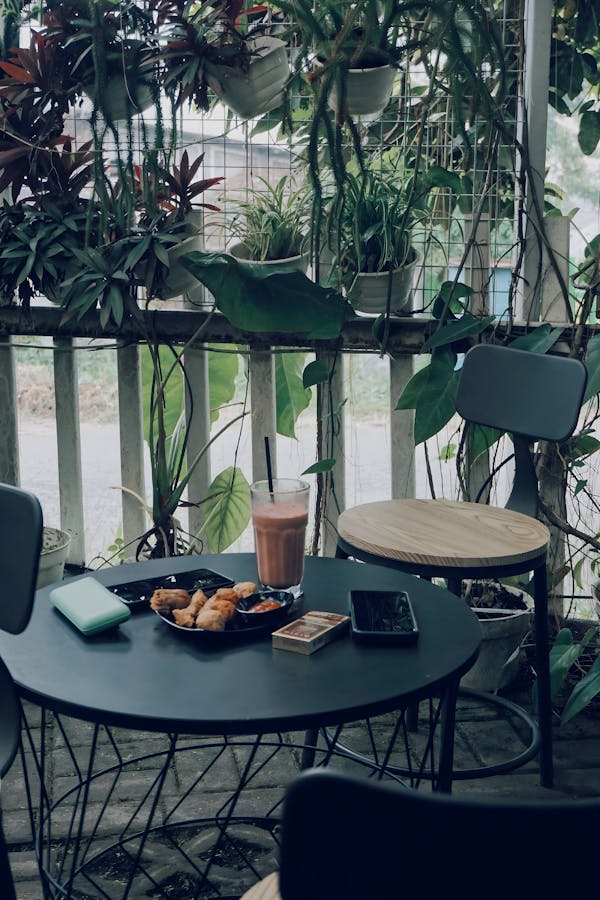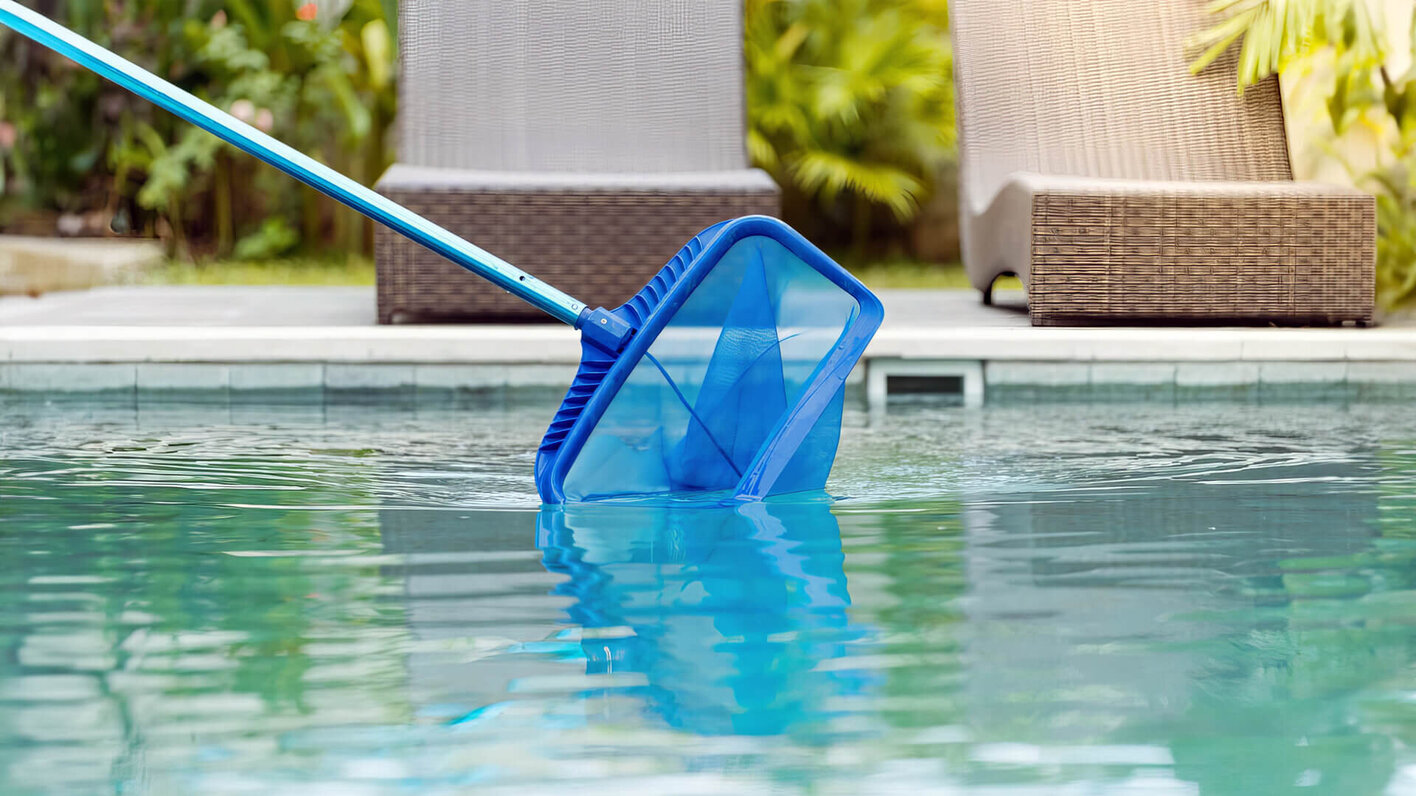Houseplant culture that contradicts gardening | Tony Tomeo | Home & Garden
Houseplant culture is a unique type of horticulture. It involves almost no gardening. Most houseplants live exclusively indoors. Many inhabit homes and offices that lack gardens. Only a few fortunate sorts get to occasionally enjoy mild weather in home gardens. Such indulgences are generally brief and sheltered. Most houseplants are innately vulnerable.
Of course, no houseplant is native to domestic situations. Every houseplant lives outside somewhere. Most are from lush tropical rain forests, where they must compete with other foliage for sunlight. Many are understory plants that naturally live within the partial shade of bigger tropical vegetation. That is why they adapt so efficiently to partial shade inside.
That is also why most houseplants actually want to live inside here. They do not like the chill of winter, even if mild. Many or most succumb to minor frost if too exposed. They are simply unaccustomed to it. Since they adapt to shelter and partial shade inside, they are also sensitive to direct sunlight exposure. Foliage that becomes too exposed can scorch.
Tolerance of weather is as regional for houseplants as it is for garden plants. That is one commonality of gardening and houseplant culture. The various species of Ficus that are common trees in landscapes of Los Angeles are strictly houseplants in San Jose. They tolerate the minor winter chill of Los Angeles, but not the slightly cooler frost of San Jose.
Some ferns are popular houseplants because, like tropical plants, they generally tolerate partial shade. However, many are less tolerant of the minimal humidity of home interiors. Regular watering can compensate. Irregular watering might be distressful for some ferns. Fortunately, most ferns can recover from brief desiccation, even if their foliage dies back.
Succulents are completely different. The are intolerant of partial shade, and crave sunny and warm situations. They are nonetheless popular for houseplant culture because they generally tolerate minimal humidity. Cacti prefer aridity, and are very susceptible to rot in damp conditions. Succulents wilt to warn before they succumb to deficiency of moisture.
Highlight: Coleus
Without bloom, the richly vibrant foliar colors of coleus, Coleus scutellarioides, rival floral color of other warm season annuals. Striking foliar patterns are as exquisite as any floral display. Growth is efficient through the warmth of spring. Foliage might last until autumn. Late in its season, spikes of tiny blue flowers can be trimmed off to promote more foliage.
With bright ambient sunlight, coleus is more perennial as a houseplant. However, it may get persistent with pesky bloom as it matures. Some who grow it prefer to let it bloom, and then prune it back afterward. Recovery from such pruning can be slow. Vegetative stems, without bloom, root easily as cuttings even in water. New cuttings can replace old plants.
Coleus foliage is intricately variegated with countless combinations of green, chartreuse, yellow, orange, red, burgundy, pink, white and brown. Variegation can be symmetrical or random. Leaf margins may be deeply lobed or just serrate. Modern cultivars might be no better than old fashioned sorts. Mature plants can get as tall and broad as about two feet. Some stay lower.
Shade trees are no longer appreciated like they had been. Only half a century ago, they were important components of suburban landscapes. Big …
Wildflowers have been quite a fad. Relative to most fads, they are not so impractical. For some situations, they are a good excuse to waste le…
Weeds are constantly a problem here. There is no season in which every sort of weed is inactive. As some annual types finish dispersing seed a…
No one really hibernates here. Well, ground squirrels might, but they are unlikely to be a problem in refined home gardens. Winter weather is …
Cool season (or winter) vegetables are now finishing their season. Some continue to produce later than others. Eventually though, they all suc…
Spring bulbs lack immediate gratification. They will, of course, justify their habitation of the garden as they bloom next spring. For now, th…
For centuries, fruit trees have been bred to produce unnaturally abundant and unnaturally big fruit. That has worked out well for those who en…
Early spring bloom is best. That is simply how the schedule of the majority of flowers works. The priority of flowers is pollination. Pollinat…
Forests lack gardeners. In the wild, there is no one to rake fallen leaves or blow them away. Foliage falls from trees and onto the ground, wh…
Fertilizer, in simple terms, helps plants grow. It provides a bit more of what growing plants crave. In some situations, it compensates for nu…
Weather has no thermostat. There is no automation. It is naturally variable. Weather is constantly changing like, well . . . the weather. We t…
Broccoli grows slowly from seed. Whether it goes directly into the garden, or into flats for later transplant, broccoli seed should get sown b…
Many who enjoy gardening appreciate fragrant flowers. Many grow particular flowers specifically for their fragrance. Yet, not many consider wh…
Seed that is available in hardware stores and nurseries came from somewhere. Plants just like those that such seed grows into produced it. Som…
California native plants are logical options for the gardens and landscapes of California. It is only natural. They are already happy with the…
Those who enjoy gardening where winter weather is harsh likely know what sun scald is. It happens late in winter, if exposed bark warms enough…
With few exceptions, plants dislike confinement of their roots. They prefer to be in the ground where they can disperse roots freely. Housepla…
Bedding plants that go into the garden in spring are generally warm season or summer annuals. They should perform through summer until the wea…
Vegetation make people feel closer to nature. It is, after all, what most of us expect to see out in the wild. Most vegetation that is observe…
None of the most problematic rodents here hibernate completely. Only ground squirrels hibernate, but they are rare, and tend to avoid home gar…
Weeding is not much fun. Some of us might enjoy the relaxing monotony of productive weeding. Realistically though, most of us would prefer to …
Contrary to what the pleasant weather suggests, it is still winter. Most plants are resisting the temptation to break dormancy prematurely. Th…






